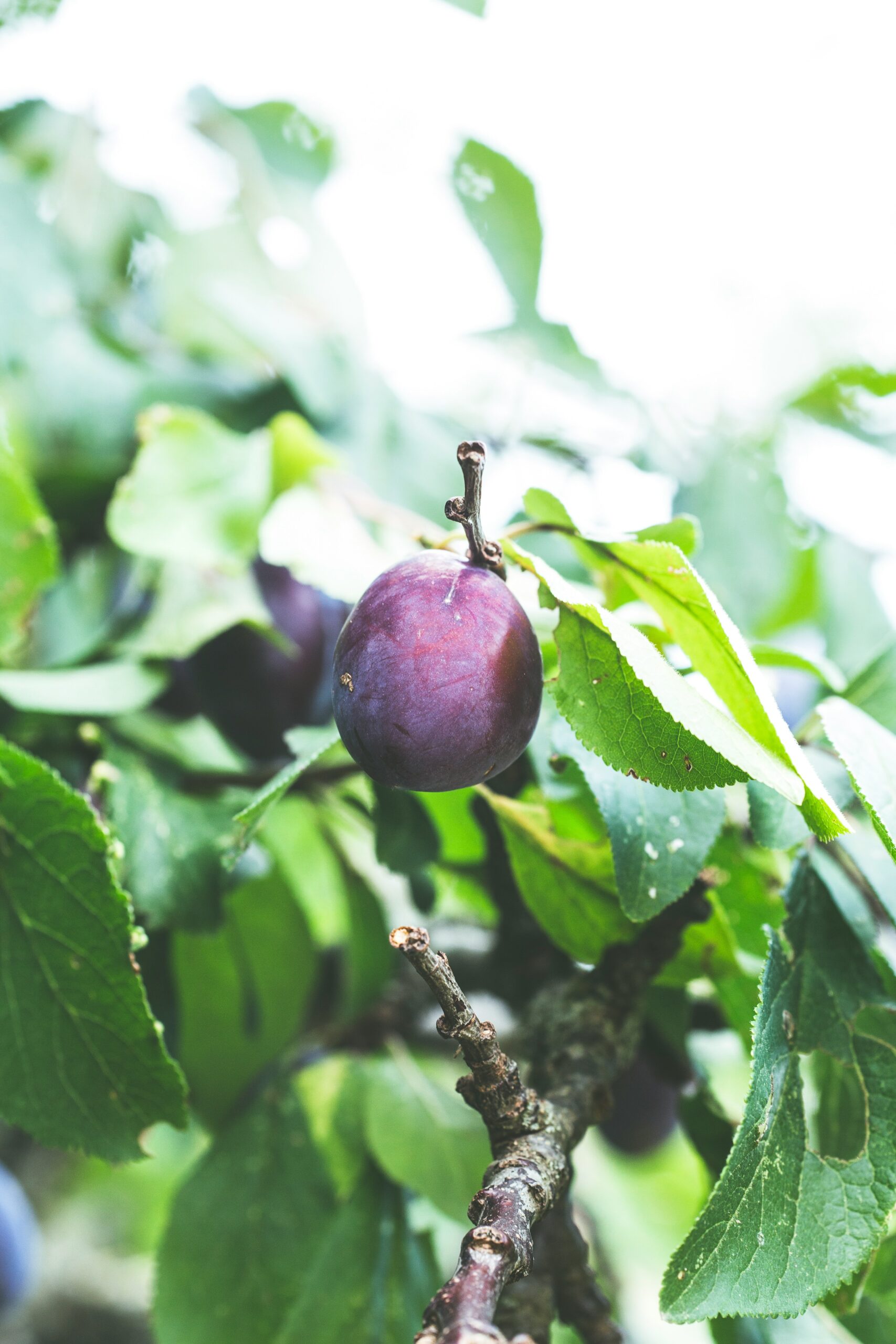What is Greenhouse Farming?
Greenhouse farming, also known as controlled environment agriculture, refers to the practice of cultivating plants in a controlled environment. This method utilizes a structure made of transparent materials to create a microclimate that optimizes growth conditions. Greenhouses allow for the regulation of light, temperature, humidity, and ventilation, enabling farmers to grow crops year-round regardless of external weather conditions.
The Benefits of Controlled Environment Agriculture
One of the primary advantages of greenhouse farming is the increased yield per square foot of space. By maintaining optimal growing conditions, plants can thrive, leading to higher productivity. Additionally, greenhouse farming minimizes the risk of pests and diseases, reducing the need for chemical interventions. This method is particularly beneficial for cultivating sensitive crops, such as vegetables and fruits, that may not thrive in open field conditions.
Sustainable Practices in Greenhouse Farming
With the rising concern for sustainability in agriculture, greenhouse farming can incorporate various eco-friendly practices. For instance, utilizing renewable energy sources, such as solar panels, can help power greenhouse operations. Moreover, implementing water-efficient irrigation systems ensures that water usage is minimized, promoting conservation. By adopting these techniques, greenhouse farmers not only improve their yields but also contribute positively to environmental sustainability.





